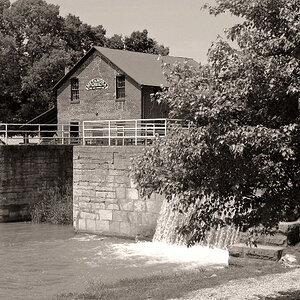JamesD
Between darkrooms
- Joined
- Mar 20, 2005
- Messages
- 1,055
- Reaction score
- 47
- Location
- Living in Snapshot reality.
- Can others edit my Photos
- Photos NOT OK to edit
Okay, so about a week ago, I was doing some darkroom work, and when I finished up, I left the dev, stop, and fix out, intending to go back in the next morning.
Well, it never happened. In fact, with "real life" getting in the way, I completely forgot I left it in there. Brown crud in the dev and stop trays... and a tray full of fixer crystals.
Obviously, the dev and stop are done-fer, but what about the fixer? Can I redissolve those crystals and use them? It was fresh fixer, far from exhausted. Or, shoudl I just dispose of them and mix fresh?
Well, it never happened. In fact, with "real life" getting in the way, I completely forgot I left it in there. Brown crud in the dev and stop trays... and a tray full of fixer crystals.
Obviously, the dev and stop are done-fer, but what about the fixer? Can I redissolve those crystals and use them? It was fresh fixer, far from exhausted. Or, shoudl I just dispose of them and mix fresh?












